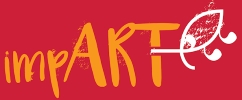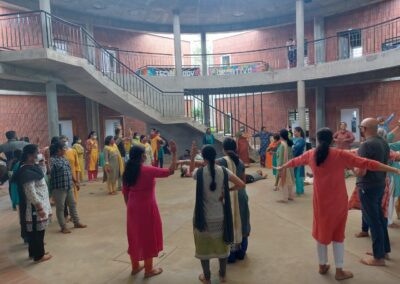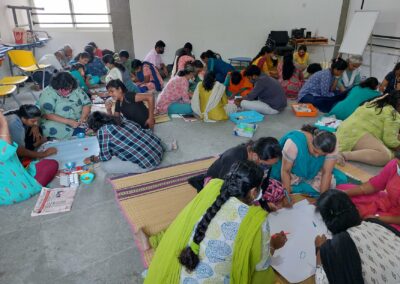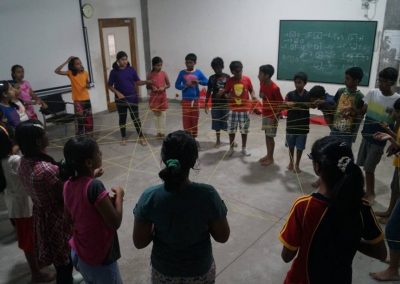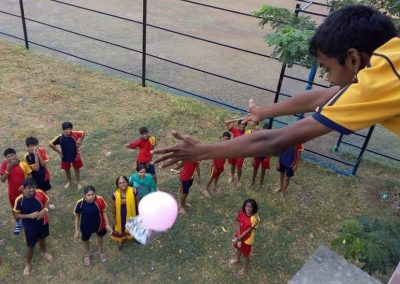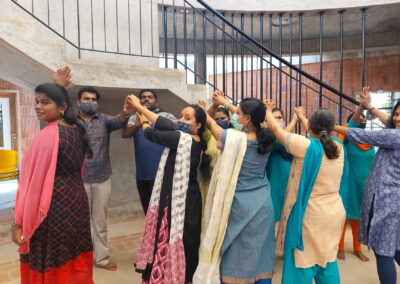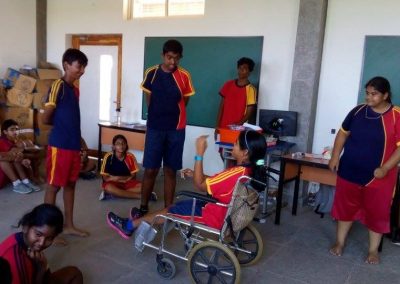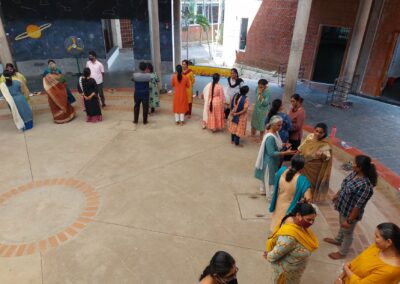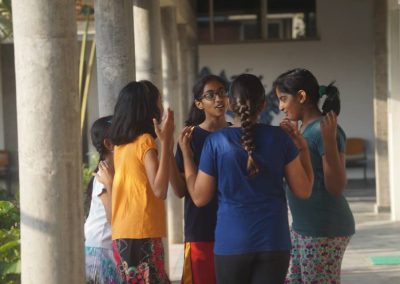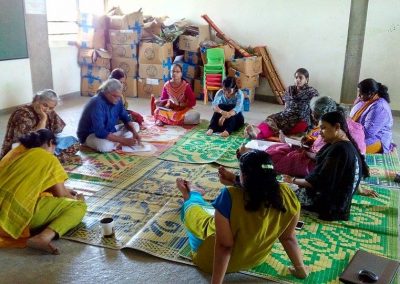HLC International
In a time when humans are trying to numerically quantify all the things children know, we must remember that there is more to life than intellect. It is widely held that there are at least 7 dimensions of human greatness required to develop wholly:
Integrity, Intuition, Interaction, Initiative, Inquiry, Imagination and Identity.
Arts in education is an expanding field of educational research and HLC International, Chennai has always been about learning without limits. An Ashoka Change Maker School, not only has HLC been demonstrating a convincing model for inclusion within a private school ecosystem, they are also committed to building strong value for inclusion across the education sector at large.
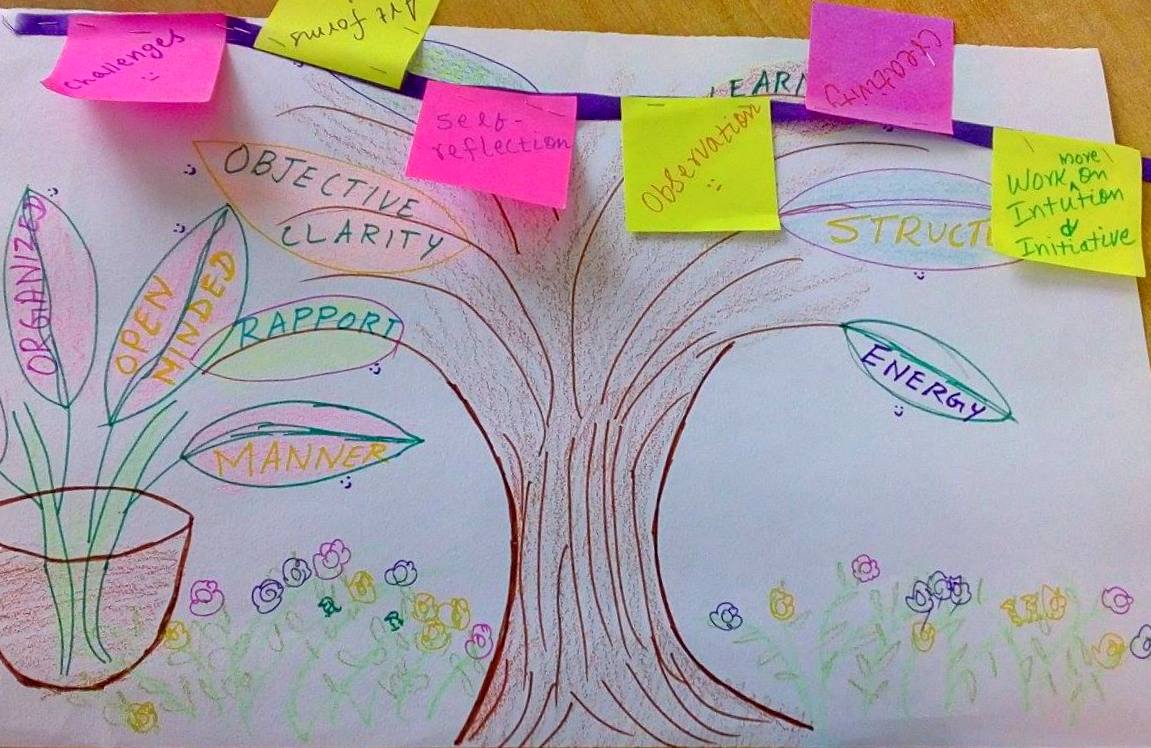
This year our focus was entirely on supporting the teachers on observation, feedback and facilitation skills as well as self experience of the 7i’s using the Arts as our basic methodology. The sessions with the teachers focussed on facilitation skills. They were divided into two parts, first was self experience for the teachers to connect with the skills in their own lives and the second sessions were to plan the curriculum and how to facilitate the sessions with the children.
We started the year with a focus was on listening, observation and inquiry for self experience and to plan 2 sessions per grade per group for Grades 6,7,8. The second intervention had shown a need for sharing art forms with them and showing once again the power of the Arts in spaces of learning. We observed them in action in sessions they had planned themselves and thus was introduced the mechanism of effective feedback – giving and receiving. Reflection and introspection have been an integral part of the year long involvement with the group. The concluding session closed on revisiting the learning through the year as well as committing to the continuance of the 7i intent.
The teachers shared their entire experience of the sessions in their connect with the Arts and their appreciation of the facilitation processes. They danced and sang and painted their way into new beginnings with their learning. A diligent, earnest, self motivated group of teachers, its been a pleasure to interact with them.
The learning this year, led to a strengthening of the understanding of the groups as a class as well as individually. The teachers had the opportunity to see them express viewpoints on hitherto untouched topics, their worldviews being challenged repeatedly in gentle yet persuasive ways. They also got an opportunity to be a part of the process as well as observe the children in a different setting and to take this observation to the classroom. The children could look at the processes more deeply and respond with greater maturity as they understood the direction of the program. We saw the children ready to take on the mantle of applying their learning for themselves as well as others in the school. The need seemed to be for them to continue working on understanding themselves and to broaden the horizon of this understanding by enabling interventions beyond their own classroom. By the end of the year, the teachers seemed ready to carry this program to other classes and empower other teachers as well as the children in this process. We planned to handhold the teachers through the process in design and execution keeping the larger perspective of the program in mind.
The initial engagement and experience with the children was two-fold. At one level, it involved introducing the children to a set of creative vocabulary and experiences to look at social domain goals and at another level, it also looked at what the arts could do to foster deeper inclusion.
Our journey this year with the 7i program served to strengthen the vision with which the initiative was envisaged. The perspective of social connect was examined, re-examined and affirmed in the entire thread of the interventions using art as the medium. The tentative forays of the children into the world of arts based interventions, saw them embark on a robust participation in the art forms. This familiarity with the process and the facilitators brought about an ease in communication as well as served as a platform for deeper observations of the engagements. The children were seen to respond to the non judgemental, safe space with increasing comfort.
